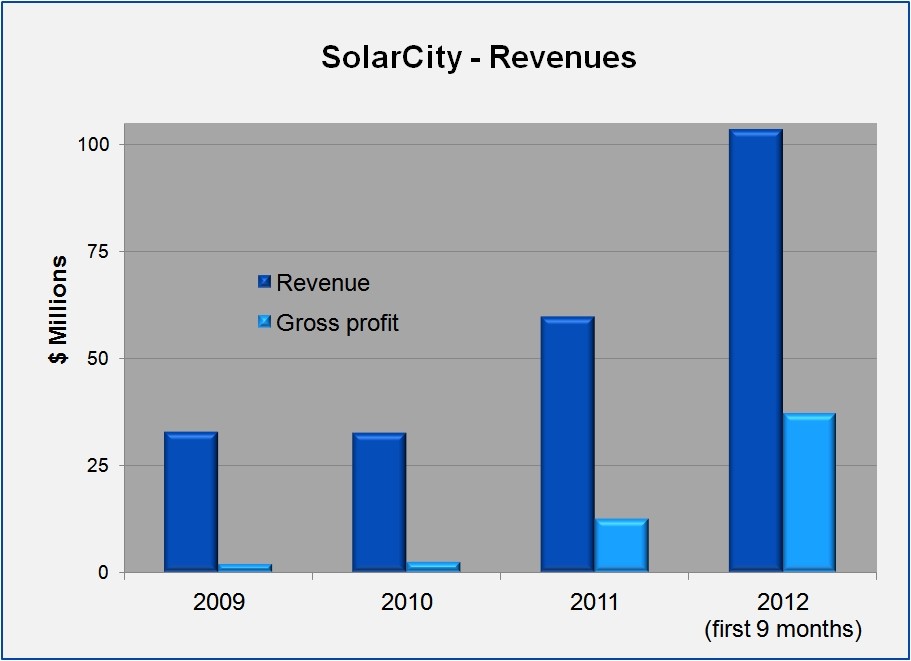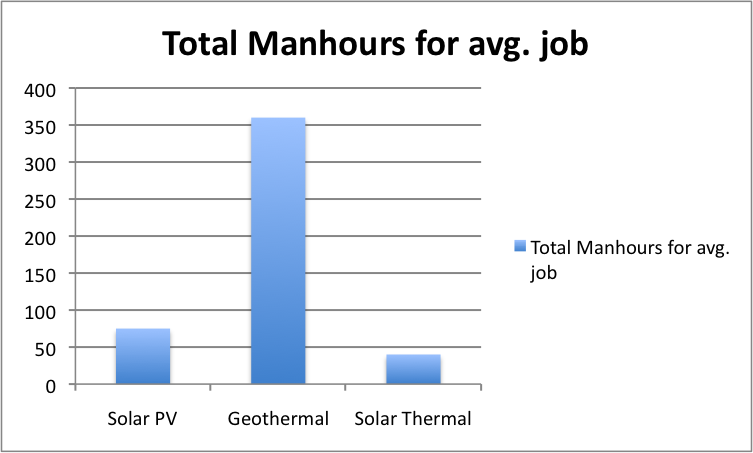Ultrashort bond funds that are well managed outrun pack
Post on: 9 Октябрь, 2015 No Comment

Every once in a while, events happen that separate the men from the boys. The wheat from the chaff. The good ultra-short bond funds from the awful ones.
To put the best possible light on what is a catastrophe for some investors, the past six months have shown us which ultra-short bond funds have decent management, and which ones should be shipped off to Palookaville. And for all investors, especially for those with a morbid interest in how good ideas go bad, the story of ultra-short bond funds provides a useful lesson.
Yields on savings vehicles bank CDs, money market mutual funds and Treasury bills are lower than a mole’s graveyard. The average money fund yields 1.84%, according to iMoneyNet, which tracks the funds.
Needless to say, such low rates are tough on savers. If you earn 2% on your savings, you’ll double your money in about 36 years. Even worse, the government’s consumer price index has risen 4.2% in the 12 months ended May, so the average CD or money fund has lost nearly twice as much to inflation as it has returned in interest.
Low yields aren’t new. Savings rates track the key fed funds rate, now 2%. But the fed funds rate hasn’t peeked above 5.5% since 1995.
The problem with low savings yields is that there aren’t many good ways to earn more. Risk increases with reward. For savers, the number to remember is 1.72%, which is the current yield on a three-month Treasury bill. That’s what you can earn in a short time with no risk.
On Wall Street, investors figure that T-notes have no risk of default. (And if the Treasury did default, you’d have other, bigger problems to worry about.)
If you want to earn more than 1.72%, you have to take more risk. You could, for example, buy a longer-term Treasury security. A two-year T-note yields 2.67%. Your only risk would be that rates rise in the next two years, which would reduce the market value of your T-note.
You can also get higher returns by investing in paper with higher default risk. For example, the Ford Interest Advantage Account, offered by Ford Credit, will give you 3.4% on amounts under $15,000. But Ford Credit has more default risk than the U.S. Treasury.
For many years, the mutual fund industry didn’t have a satisfactory answer to low rates. Money funds can only invest in very short-term, high-quality securities, which, by definition, have low yields.
So the fund industry rolled out ultra-short bond funds, which invest in securities just a bit longer-term than money funds buy. Ultra-short funds could keep their share price within a few pennies of the same price, minimizing any fluctuations. And investors would get higher yields than they would from money market funds. What could go wrong?
As it happened, quite a bit. During the height of the housing mania, people could get mortgages with little more required than a pulse. Often, the loans were in the subprime category, meaning they carried higher interest rates because of the borrower’s blemished credit.
Wall Street investment houses packaged these loans to make them attractive, and many got top risk ratings from credit rating agencies. AAA subprime looked pretty good compared with corporate bonds and other alternatives they could have been in, says Bob Gahagan, manager of American Century Short Duration fund, whose fund didn’t take the bait.

When the subprime market collapsed, the risk of subprime mortgage pools got repriced, as Gahagan politely puts it. Prices for short-term subprime securities, even those with the highest ratings, collapsed. That market just became unwound, Gahagan says.
And how. The fund that was hurt the worst, Schwab YieldPlus, has plunged 29.2% this year. Other funds got smacked, as well. Fidelity Ultra-Short Bond fund has fallen 6.8%. Dreyfus Premier Yield Advantage B is down 5.9%.
Losses are so great for all of these funds that their total returns for the past five years are below zero.
Losses have been so steep in some funds that the entire category of short-term bonds has earned less than money funds the past five years.
Should you steer away from ultra-short bond funds entirely? No, provided you realize that they’re not in the same risk category as CDs and money funds. And some of the funds that have fared well this year have shown exceptionally good judgment.
If you think an ultra-short bond fund is for you, the top performers deserve attention.
John Waggoner is a personal finance columnist for USA TODAY. His Investing column appears Fridays. Click here for an index of Investing columns. His e-mail is jwaggoner@usatoday.com .














